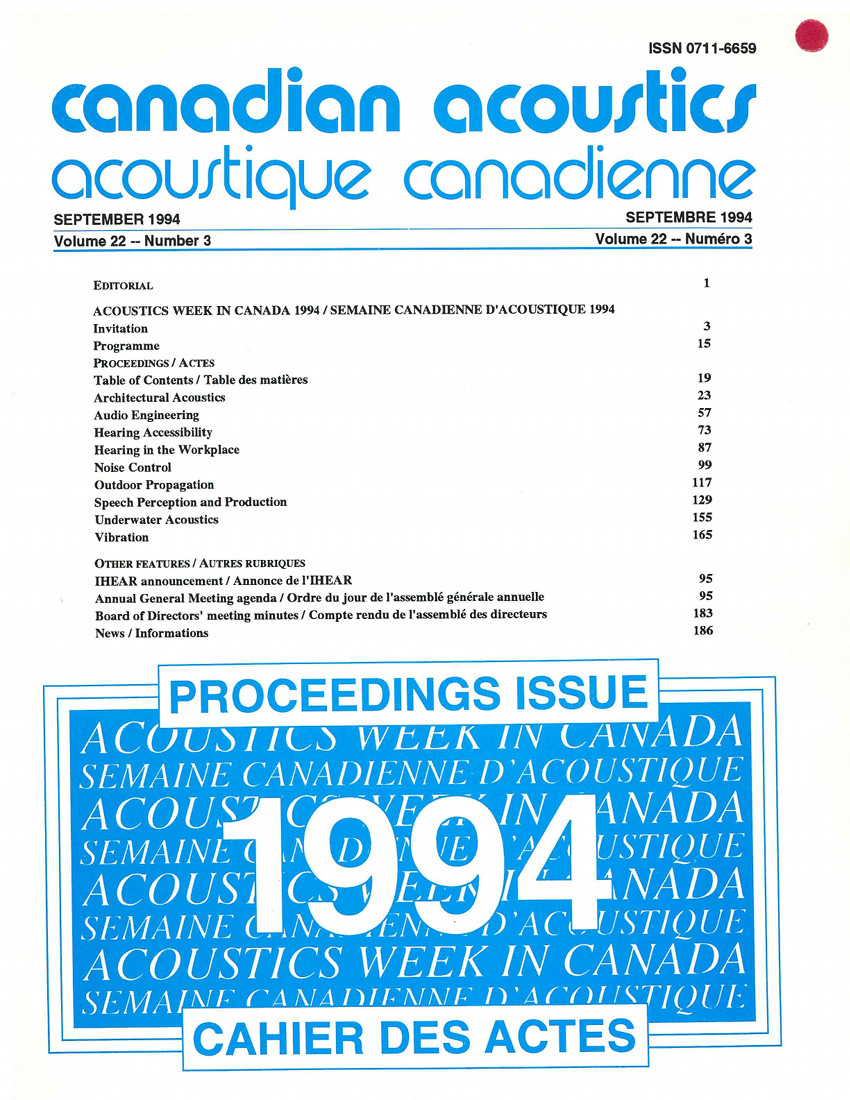Determination of dynamic properties of nonlinear structures using thepull-release test
Keywords:
classical mechanics, damping, vibrations, nonlinear structures, pull-release test, dynamic properties, natural frequencies, mode shapesAbstract
For the determination of the dynamic properties-natural frequencies, mode shapes and damping-of an existing structure, a number of experimental methods are available. Among the most common ones are: the shake table test for small and medium size structures; excitation by a shaker mounted on the structure and locating the resonances by sweeping across a frequency band either slowly or in discrete steps; monitoring the ambient vibrations and determining the properties by signal analysis; and pulling (or pushing) the structure and suddenly releasing it and measuring the resulting decaying vibrations. This pull-release test is one of the simplest dynamic methods for determining a complete set of dynamic properties. While it is usually employed at low amplitudes of vibration, the method can also be employed at large amplitudes and consequently to obtain amplitude-dependent dynamic properties for structures with non-linear deformation and damping properties. This presentation focuses on the theoretical and analytical issues that have to be considered in planning such a test and interpreting the resultsAdditional Files
Published
How to Cite
Issue
Section
License
Author Licensing Addendum
This Licensing Addendum ("Addendum") is entered into between the undersigned Author(s) and Canadian Acoustics journal published by the Canadian Acoustical Association (hereinafter referred to as the "Publisher"). The Author(s) and the Publisher agree as follows:
-
Retained Rights: The Author(s) retain(s) the following rights:
- The right to reproduce, distribute, and publicly display the Work on the Author's personal website or the website of the Author's institution.
- The right to use the Work in the Author's teaching activities and presentations.
- The right to include the Work in a compilation for the Author's personal use, not for sale.
-
Grant of License: The Author(s) grant(s) to the Publisher a worldwide exclusive license to publish, reproduce, distribute, and display the Work in Canadian Acoustics and any other formats and media deemed appropriate by the Publisher.
-
Attribution: The Publisher agrees to include proper attribution to the Author(s) in all publications and reproductions of the Work.
-
No Conflict: This Addendum is intended to be in harmony with, and not in conflict with, the terms and conditions of the original agreement entered into between the Author(s) and the Publisher.
-
Copyright Clause: Copyright on articles is held by the Author(s). The corresponding Author has the right to grant on behalf of all Authors and does grant on behalf of all Authors, a worldwide exclusive license to the Publisher and its licensees in perpetuity, in all forms, formats, and media (whether known now or created in the future), including but not limited to the rights to publish, reproduce, distribute, display, store, translate, create adaptations, reprints, include within collections, and create summaries, extracts, and/or abstracts of the Contribution.


